OBD-II Actron 9135 Scanner Review
Driving my new 2004 Audi with the family on a vacation to Sanibel Island, the check engine light (CEL) illuminated. We were 125 miles from home. In the past, an engine warning light would trigger panic, confusion and nameless dread. (Owners’ manuals are no help; they simply tell afflicted drivers to take the car to an official dealer.) All I could do was find, phone and visit a local dealer (if they were open) or limp home, knowing that every mile might be making an unknown situation worse. These days, I have an alternative: the OBD-II Actron 9135 scanner.
Modern cars are lousy with sensors. They measure engine function, transmission operation, emissions, fuel consumption, brake operation and more. The sensors report to the ECU (Electronic Control Unit). If the ECU detects a problem with a monitored system, it stores the information until the condition occurs x times over y period of time. At that point, the ECU triggers the appropriate idiot light.
Thanks to the federal legislation, all cars sold since 1996 must include an open access port to the ECU. Anyone– not just franchised dealers– can use this OBD-II port to diagnose vehicle problems.
The OBD-II system is a data collector, not a testing device. A detected fault could be in the idiot light, the ECU, the sensor collecting the data, or the measured device/part/system. Regardless, knowing which part of your vehicle is stricken is extremely helpful. For one thing, many faults can lead to expensive repairs if they’re not addressed in a timely fashion.
Equally important, an OBD-II scanner provides consumer protection. Even if you don’t have a clue how to fix a reported fault, you can go to your dealer or mechanic safe in the knowledge that they can’t snow you with a bogus diagnosis. In fact, most dealers will charge you more than the cost of the unit ($69.99) just to plug-in their OBD-II scanner.
Like most code readers, the Actron 9135 connects directly to the OBD-II port under the driver’s dash. With the car’s ignition in the “on” position, the battery provides power for the scanner. The scanner takes about a minute to establish communications with the ECU. Once the "ready" signal is displayed on the LCD screen, you can test a variety of systems and functions.
Pressing the large “Read” button tells the car to return any fault codes stored in the ECU. If you're lucky, you'll see “no faults” on the screen. If not, the screen will report the code and attempt to describe the problem based on the generic OBD-II codes.
The Society of Engineers created these fault codes. While manufacturers license them for diagnostic use, they are not required to restrict themselves to generic codes. That means the Actron (and other readers) may not be able to read some or all of the codes from certain vehicles. Actron offers a free web-based look-up service, as well as a fee-based service to diagnose code symptoms and recommend possible repair solutions.
The Actron 9135 can also test a vehicle’s emissions control systems. With this tool, a car owner can determine if there are any emissions issues prior to undergoing (and possibly failing) a state emissions test. If any of the emission devices are malfunctioning, the scanner will identify the exact problem. If all systems report ready, the vehicle will most likely pass an emissions test.
Now, back to my story…
Since I’d just gassed the Audi, I thought I hadn’t put the gas cap on tightly enough; a loose gas cap will trigger a CEL since the system detects that as fuel vapor leak, and the scanner will return a P0440 code. I re-tightened the cap and hoped for the best, knowing that a loose cap CEL will reset in a few start-stop cycles.
When we arrived at our hotel, I reached for my handy dandy Actron scanner. Anal retentive gadget freak that I am, I’d checked the ECU a few days before the trip. The ECU hadn't been storing any codes (i.e. I was good to go). This time, the Actron immediately displayed a code (P0741) and a short statement indicating that the problem involved a sensor related to the vehicle’s torque converter. Uh-oh.
The Audi is headed for the dealer. No matter how this turns out, I highly recommend the Actron 9135 OBD-II handheld scanner. The oil and grease resistant, field upgradeable unit comes with an eight foot cable and free tech support. It’s a simple tool that offers proof– if proof were needed– that information is power. Oh, and one quick question: why don’t manufacturers build-in this system? Take a wild guess…
Should this be a TTAC-approved product?
More by Michael Posner
Latest Car Reviews
Read moreLatest Product Reviews
Read moreRecent Comments
- Peter I want a self driving red ragtop 1958 Plymouth Fury. Just like the car in the movie Christine.
- Mgh57 Doesn't seem like this tech is ready for prime time.
- Nathan The Ram is the most boring looking of the full size trucks, kind of like a Tundra.If they cancel the Ram Classic, I hope a full resign makes the Ram at least look interesting.
- DJB1 I'll be all for it when it has a proven safety record. I have an awesome life and a lot to live for, so right now I'm not putting that in the hands of overconfident tech-bros.
- Mgh57 I had to read the article because I had had no idea what the headline meant. I've never seen this in the Northeast. Don't understand the point. Doesn't seen efficient aerodynamically



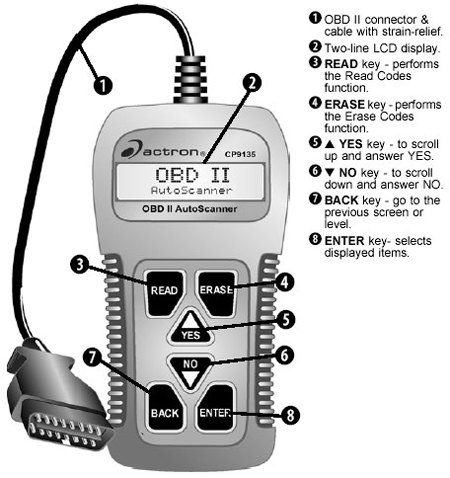

















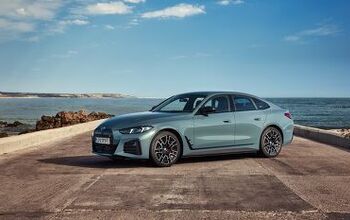
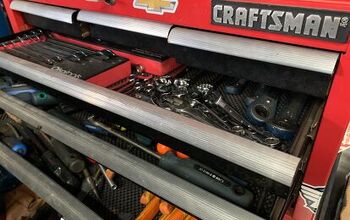
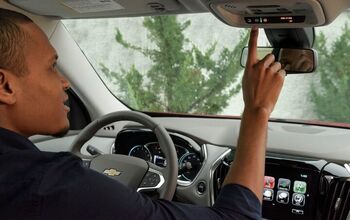


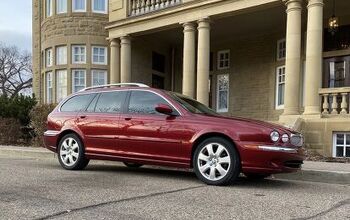
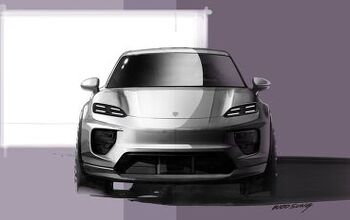





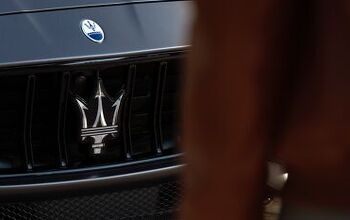
Comments
Join the conversation
Chaser, I have a Scangauge II. I've never had occasion to read trouble codes with it, but the gauge functions work as advertised. (I'd still rather have dials, though.)
Terry, do you have a link on the MAC Tools MiniScanner. It's not listed here: http://mactools.com/Mac/Mac+Products/Catalog/Electronics/Scan+Tools